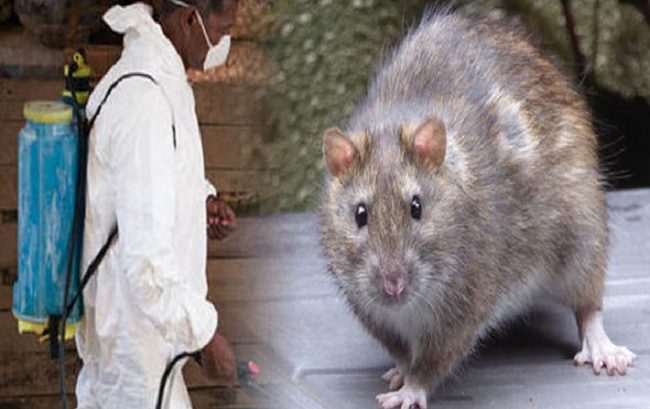WHAT IS LASSA FEVER?
LASSA FEVER
WHAT IS LASSA FEVER?
Lassa Fever is an acute viral haemorrhagic fever that was first discovered in the village of Lassa, Nigeria in 1969. It is an animal-borne or zoonotic illness. The animal reservoir for the Lassa Virus is the multimammate rat (Mastomys natalensis) which is very rampant in Sub Saharan Africa. Affected countries include Liberia, Sierra Lone, Guinea and most parts of Northern Nigeria.
HOW IS LASSA FEVER TRANSMITTED?
Lassa fever is zoonotic in characteristics. This means that it is transmitted from infected animals to humans. The animal vector in this case is the multimammate rat and this species of rat is very common in West Africa. Lassa Fever virus is shed through the faeces or urine of an infected rat and is transmitted through contaminated foods, soiled surfaces, ingestion, inhalation or exposure to cuts and sores. Person to person transmission is also common amongst health workers where proper protective personal equipment is not used or available. Transmission through sexual intercourse has also been documented.
SYMPTOMS OF LASSA FEVER
Symptoms usually appear between 3 – 21 days of infection. An estimated 75% of infections don’t produce significant symptoms although slight fever, weakness and malaise may occur. Symptoms can include;
Fever
Weakness
Malaise
Cough
High temperature
Vomiting (with blood)
Abnormal heart rhythms
Deafness (may be permanent)
Pain in chest, back and abdomen
Respiratory distress
Hemorrhaging in gums, eyes, nose or other body orifices.
Shock
DIAGNOSIS OF LASSA FEVER
The symptoms of Lassa Fever are varied and non-specific and as such clinical diagnosis is very difficult especially in the early stages of the disease. Laboratory based test are usually definitive. However, the specimens collected are usually hazardous and therefore tests are carried out in high containment laboratories with good laboratory practices. According to the WHO, Lassa Fever can be diagnosed definitively with the following tests;
Reverse transcriptase polymerase chain reaction (RT-PCR) assay
Antibody enzyme-linked immunosorbent assay (ELISA)
Antigen detection tests
Virus isolation by cell culture
PREVENTION OF LASSA FEVER
Primary transmission of the Lassa Fever virus is through infected rats. This can be prevented by keeping a clean home, office and environment. Store food and related items in rodent –proof containers, set rat traps and apply other safe extermination techniques and methods, keep a cat if you can. Person – Person transmission can be prevented by taking extreme care while handling sick people. Use of protective person equipment like masks, gloves, googles and surgical gowns while administering care will go a long way to preventing the spread of the Lassa Fever
virus. Avoid direct contact and watch out for splashes of bodily fluid when interacting with an infected person.
Proper enlightenment in how to reduce rodent population in “high risk areas” is also key in the prevention of Lassa Fever.
TREATMENT OF LASSA FEVER
The antiviral drug Ribavirin has proven successful in Lassa Fever Patients if administered at the early stages of the disease. However, Ribavirin is not useful in the prevention of Lassa Fever. Symptomatic treatments may increase the rate of survival also administering of supportive treatments like rehydration, balancing of electrolytes, oxygenation, and treatment of any other complicating infections may also help. There is no vaccine that protects against Lassa Fever for now.
CURRENT STATISTICS (NIGERIA)
The below statistics is according to the Nigeria Centre for Disease Control published from 3RD – 6TH February, 2020. Based on the recent outbreak of Lassa Fever in Nigeria
1,708 suspected cases
472 confirmed cases
70 confirmed deaths
14.8% fatality rate
GENERAL STATISTICS
100,000 – 300,000 cases recorded annually
5,000 deaths recorded annually
Highly affected countries include Liberia, Sierra Leone, Guinea and Nigeria.
High mortality rate (up to 80%) in pregnancies

